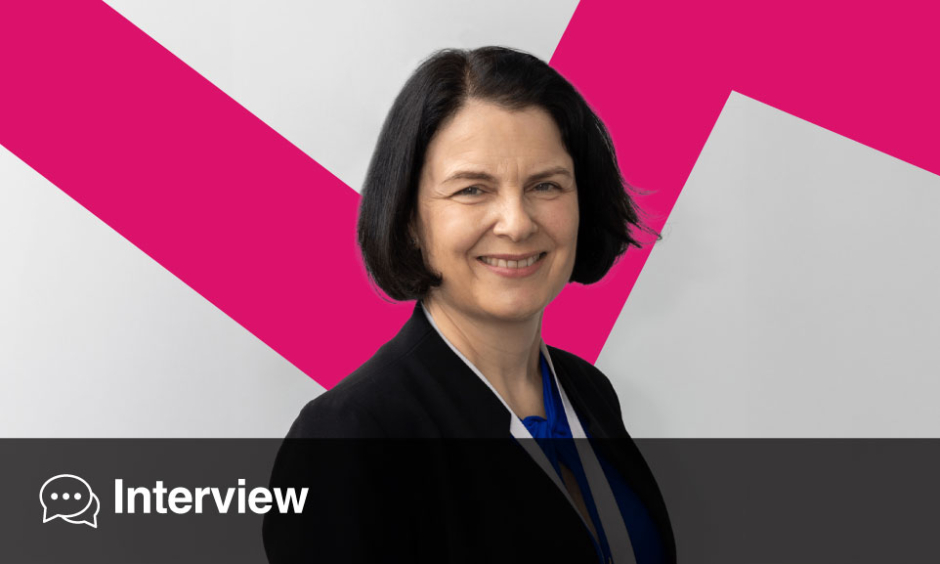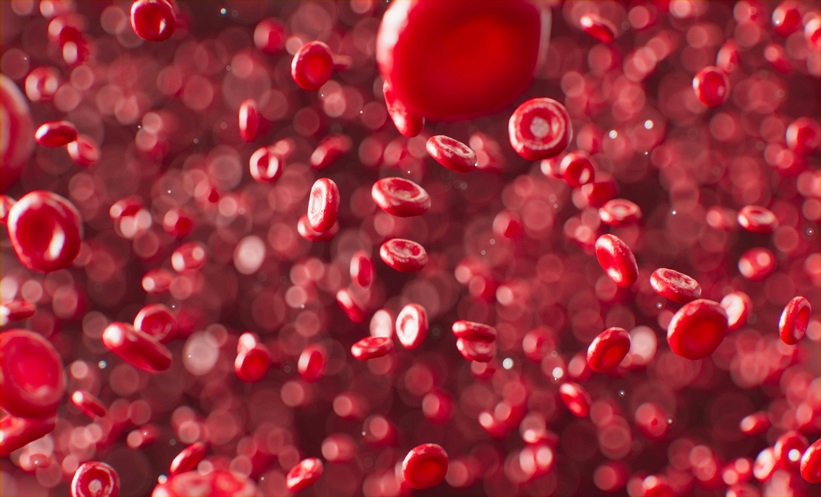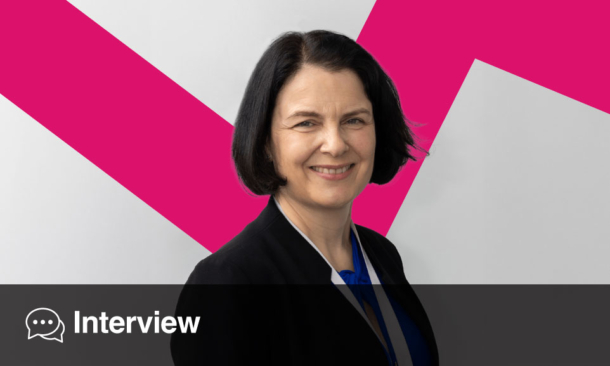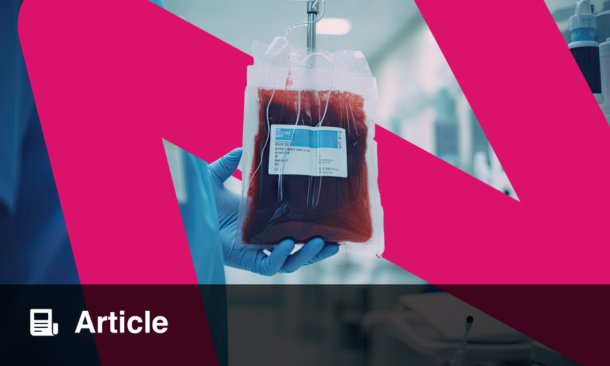Pier Mannuccio Mannucci | Emeritus Professor, Internal Medicine, University of Milan; Former Scientific Director, Research Hospital Ca’ Granda Foundation, Milan; Former Chairman and Professor of Internal Medicine, Department of Medicine and Medical Specialties, Maggiore University Hospital, Milan; Former Director, Angelo Bianchi Bonomi Hemophilia and Thrombosis Centre, Milan, Italy
Citation: EMJ Hematol. 2024; https://doi.org/10.33590/emjhematol/10305329.
![]()
Where does your passion for haemostasis and thrombosis stem from?
I think the beginning was when I graduated in the 1960s; my thesis was on red cell enzymes within haematology, but it had nothing to do with haemostasis and thrombosis. At that time, coagulation was not a topic of great interest, scientifically and also practically, because very little could be done. I thought that my knowledge of the enzyme biology could help me to tackle this field, which seemed to be interesting, because it was not widely covered at the time. Therapeutically, there was nothing then compared to what you see now in the field of thrombosis and bleeding disorders, so it was a challenging field. That is why I got interested, because I thought it was a field which was going to expand.
The mecca of blood coagulation was Oxford, UK, at the time, and I wanted to go there as a postgraduate student. I met an English colleague at a congress, and decided to spend 3 or 4 months with him at St Thomas’ Hospital, London, UK. This helped my application to Oxford, and gave me some good basic knowledge before I started. I was very lucky because, when I was at Oxford, Judith Pool was spending a sabbatical there. She was the person who discovered cryo-precipitation as a form of replacement therapy in haemophilia A and von Willebrand disease. She very patiently taught me to prepare cryopreciptate, I learnt a lot from her, and she was very kind and gentle; a fantastic lady.
Some of your work involved developing new drugs for the treatment of patients with haemophilia and von Willebrand disease. How have you seen the landscape change for patients living with these conditions over the course of your life?
I began my career as an internist, with a special interest in haematology, at the University of Cagliari, Sardinia, Italy. I saw patients with haemophilia, and was interested by the gloomy problem that very little could be done for them. I observed a shift from the use of cryoprecipitate, to more concentrated plasma-derived coagulation factors, made available commercially in the 1970s. This really was the weapon that dramatically changed the situation, because they were quicker to prepare, and could be infused intravenously, rather than using a drip.
When I first got involved in the field, the life expectancy of patients with bleeding disorders was no longer than 30 years or so. Nowadays, the life expectancy of these patients has become similar to that of their peers, close to 80 years. What has happened in the last 20 years in the field of haemophilia is really a miracle.
In addition, an inhibitor of fibrinolysis (tranexamic acid) was developed around 60 years ago, and I have been really impressed with how this drug has progressed, beyond being solely an antidote for bleeding. This medication has proven very helpful in trauma patients, and is saving countless lives, as well as continuing to prove useful for indications such as massive post-partum bleeding.
How important are organisations like the European Hematology Association (EHA), and American Society of Hematology (ASH), for sharing knowledge and advancing the treatment of bleeding disorders?
They are very important, because they are a forum for experts in the field. Haemophilia is only one part of haematology. EHA and ASH are both well known, but it was necessary to build something else in Europe. Together with two colleagues, Christopher Ludlam and Brian Colvin, we founded the European Association for Haemophilia and Allied Disorders (EAHAD). These organisations are important for clinicians, but also for patients. I would like to emphasise the importance of the World Federation of Hemophilia (WFH), and how this congress encourages patient participation.
Over the course of your career, you have served on Editorial Boards, collaborated on many articles, and delivered countless talks. What do you consider to be your most memorable achievements in affecting change?
From my point of view, my most important contribution has probably been finding a treatment for haemophilia that is not based on blood products and blood derivatives. In the past, it was very difficult for patients with mild haemophilia and von Willebrand disease; there was a shortage of products, and they often went long periods with a lack of treatment. In 1977, myself and colleagues were the first to report the clinical use of a pharmacological method for increasing factor VIII and von Willebrand factor.
What I am also particularly proud of in my career has been serving as editor, and on the Editorial Boards of important journals. I remember when I was given the option to be president of a society, or the editor-in-chief, I chose the second option. The work of a president is important, not only in terms of politics and also from the perspective of organisational science, but I very much like the idea of seeing papers produced by others. In this way, you stay up to date with the most important advancements in the field, and are able to judge, with the help of peer-review, provide authors with feedback, and make the best possible decisions. I think it is our duty as members of a scientific community to do this work, which was not remunerated at that time. I have learnt so much from seeing what other reviewers suggest, and I think it is important to consider different views apart from our own.
Are there any novel therapies you are excited to see translated into practice in the near future, specifically related to side effects of haemophilia therapy, or rare coagulation disorders?
Speaking about disparities in life expectancy, in high-income countries the situation is very different to that in low- and middle- income nations. In the latter, there are several unmet needs which must be addressed. The development of a non-factor product, which mimics the activity of factor VIII and can be given subcutaneously, has brought about a great amount of improvement in terms of quality of life. Instead of infusing patients every other day, treatments are now administered every fortnight, or even monthly, and I expect to see further improvements to this, to further ameliorate patient quality of life.
Emerging treatments for both haemophilia A and B are promising, and of course, there is now gene therapy. Only gene therapy can fulfil, in principle, a cure for these, and many other blood-related diseases. Talking about gene replacement therapy, this is not yet suitable nor licensed for use in children, because their liver is continuously changing. The issue here is that to treat an inherited disorder we must target children, not only adults; so, this is a problem to be studied further. I am sure that the true prophylaxis will be gene therapy, or gene editing, but this is not yet available.
Another area to focus on could be the variance in response to gene therapy for both the haemophilias. Currently, you can be met with either no response, or equally, an excessive response. The issue here is a lack of consistency, and there is room for improvement.
Speaking to a younger haematologist, what are some helpful points for them to incorporate into their work, allowing them to improve their practice/research?
To a young person who wants to become a haematologist, I would say that, for me, this is still a fascinating field. The reason I like it is because of the alignment between what you see in the laboratory and in the clinic. You can predict this relationship to some extent, and that is not common across all medical specialties. I would say, train in both, and observe the close correspondence between these aspects.







